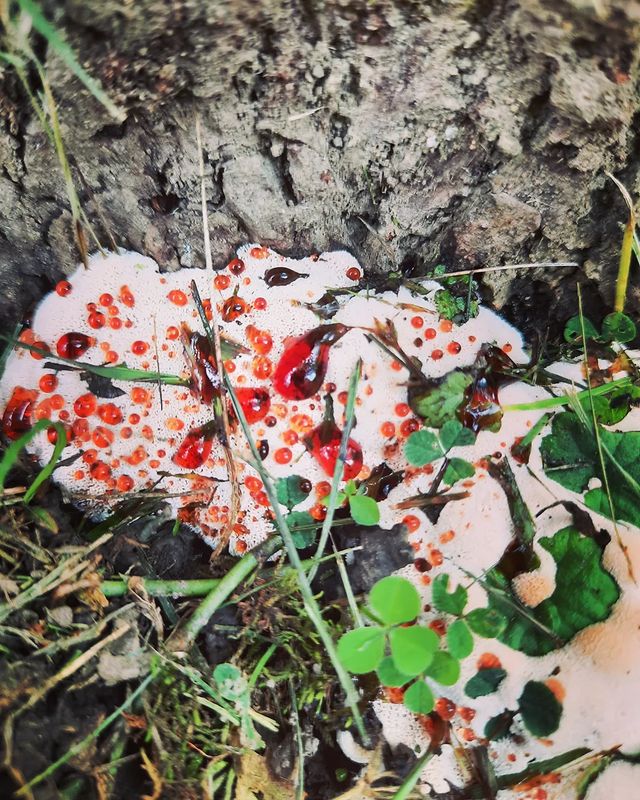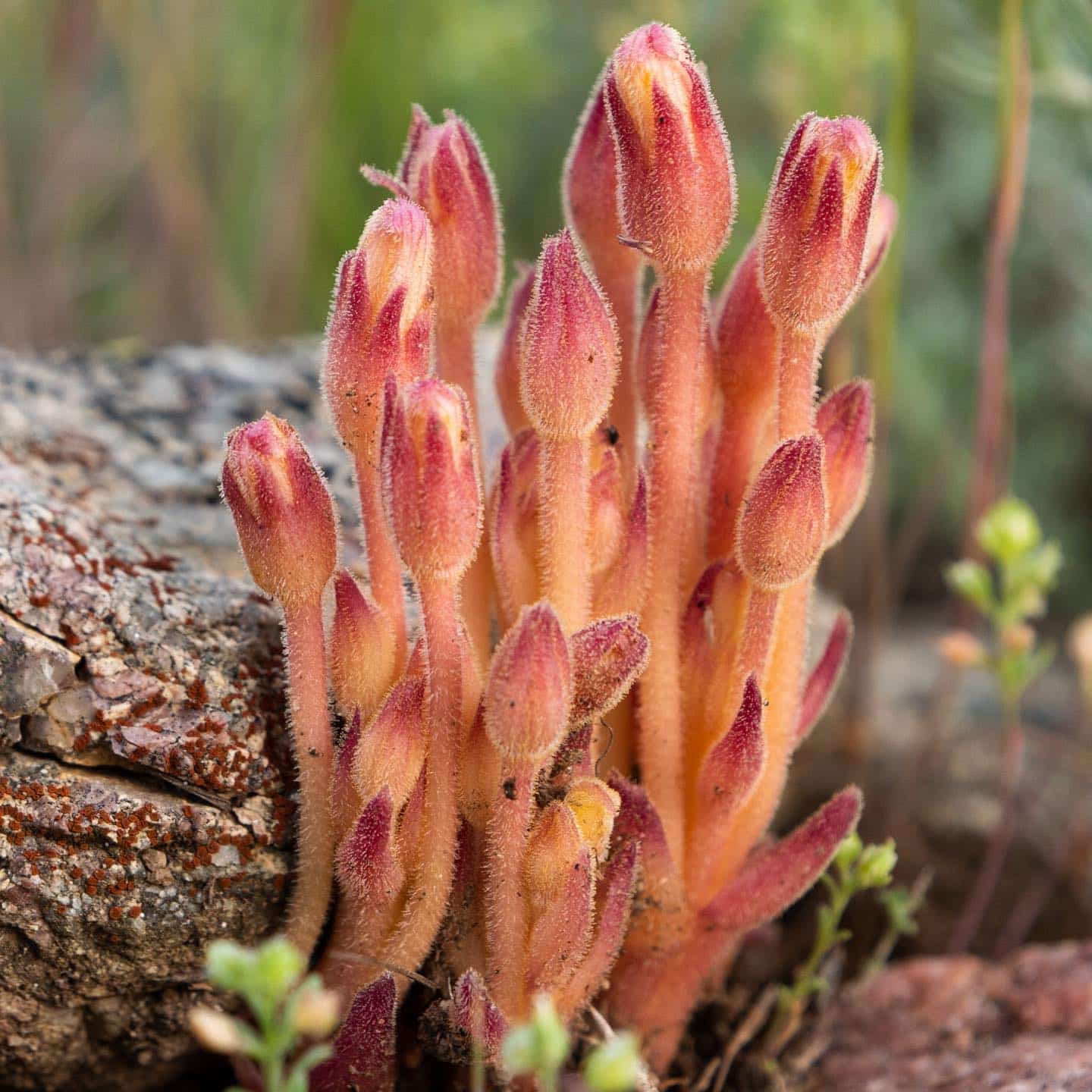When in a quest to immerse in the greens of the forest, things like the scariest plant are inevitable.
Besides, some plants are parasitic, and all of them need a few tips for correct identification.
Table of Contents Show
10+ Scariest Plant In the Forest
If you ever happen to go on a jungle expedition, you need to know about the plants you must not touch and maintain a safe distance from.
While the forest hosts several floras and trees, not all are your green friend.
Some may have a look of a devil but may not pose a danger. However, some may not be the scariest appearing among the other plant in the forest but could have life-threatening toxins.
Moreover, you may encounter several plants that may deceive you for a cat, a bird, or even a woman.
So buckle up for a crazy ride to find the scariest plants in the forest.
Scariest Plants Based on Physical Appearance
1. Corpse Flower
Your first encounter with the Corpse flower will make you feel like you are in a ‘dark forest’ with its unrealistic size.

Moreover, the tag of the scariest plant in the forest also has to do with a large, frilly spathe mimicking a gaping mouth or a weird alien creature.
2. Bleeding Tooth Fungus
Hydnellum peckii, aka Bleeding tooth fungus, is a saprophytic fungus with the most spooky appearance.
The fruiting body of the fungus oozes red, blood-like fluid, which adds to its creepy appearance.

Further, the fungus has spines or tooth-like structures underneath its cap, imitating a biting tooth. And so the name ‘Bleeding Tooth.’
3. Dead Man’s Finger
Just like the name suggests, Dead Man’s Finger (Xylaria polymorpha) is a fungus that evokes imagery of skeletal remains.

I kid you not, but it is exactly like the ghostly hands emerging from under the ground in the movies.
4. Doll’s Eye Plant
While it might be a matter of perception, you’ll still get stunned if only a bunch of button eyes are staring at you. White Baneberry (Actaea pachypoda) is exactly like that.
Meanwhile, the stark contrast of the white eye-like thing against the dark foliage in the jungle is enough to give you the chills.

And adding to the ominous reputation of the plant is the presence of cardiogenic toxins, capable of causing serious health issues like cardiac arrest.
Scariest Plant Based on Toxicity
The toxic nature of plants is not new. Like your beloved houseplants like Monstera and Philodendron, several plants in the forest contain toxins.
The purpose of toxins is to protect them from predators. It is a mechanism to ensure their survival in the wilderness.
5. Deadly Nightshade
The name Deadly Nightshade is not just a normal nomenclature for Atropa Belladonna but a representation of its lethal effect.
Far from the other nightshades like Zucchini and Potatoes, Belladonna contains alkaloids like atropine and scopolamine.
According to a case report, the atoxic alkaloids in the root stem and Belladonna berries may cause hallucinations, delirium, and even death.
6. Oleander
The flowering shrub Oleander (Nerium oleander) is considered one of the scariest plants in the forest due to its extreme toxicity.
All parts of Oleander, including its sap, leaves, and flower, hold cardenolides and potent cardiac glycosides.

As per the study of Oleander toxicity in humans and animals, the plant exerted an inotropic effect on the heart that may lead to severe heart problems.
Despite the exotic look, given the toxicity, we do not recommend having these plants outdoors, which may invite unforeseen situations.
7. Water Hemlock
Another plant on the list of scariest plants in the forest is the Water Hemlock (Cicuta spp).
It is one of the most poisonous plants in North America due to the presence of cicutoxin, which can affect the central nervous system.

Further, the toxins can cause seizer, respiratory failure, and death.
Scariest Plant Based on Parasitic Nature
Parasitic plants are known for their unique and sometimes eerie way of depending on other plants for survival.
8. Mistletoe
Apart from several health benefits, Mistletoe or Viscum album is famous for its petrifying parasitic association with aboveground trees and shrubs.
The Mistletoe plant’s roots can penetrate the host plant’s tissues for water and nutrients.
Moreover, this parasitic alliance weakens the host plant, gradually taking over the health of the plant.
9. Dodder
Dooder is a notorious parasitic plant that lacks chlorophyll as its leaves are modified onto small scales.
Then, the plant takes the required nutrients and water from the plant. However, the host plant doesn’t really enjoy the invasion, as it causes the host to struggle for basics.

You can easily identify the plant from afar with its yellowish thread-like vine.
10. Hydnora
Hydrona africana is a unique-looking bizarre parasite native to Southern Africa.
Resembling a woman’s reproductive part, the plant lives underground and is attached to the roots of the other plant.
However, it emerges from the ground only to reproduce, displaying a fleshy, tentacle-like structure. And that makes it appear like the scariest plant in the forest.
11. Broomrape
Unlike the others in the list, the Broomrape (Orobanche spp) fulfills its needs attached to the roots of the other plant.
They also lack conspicuous leaves. Thus, the point of photosynthesis is missing.

So, as a survival mechanism, the plant sends haustorium, a lean and elongated structure from the roots, to hold on to the host plant. It then, basically robs of the essential resources from the plant.
From Editorial Team
Educate Yourself About The Toxicity!
While many plants in the forest are harmless and safe to touch, others can cause skin irritation and allergic reaction. Even severe health issues if touched or ingested.
Carry a field guide or consult with knowledgeable experts who can help you identify harmful species.
All The Best!
